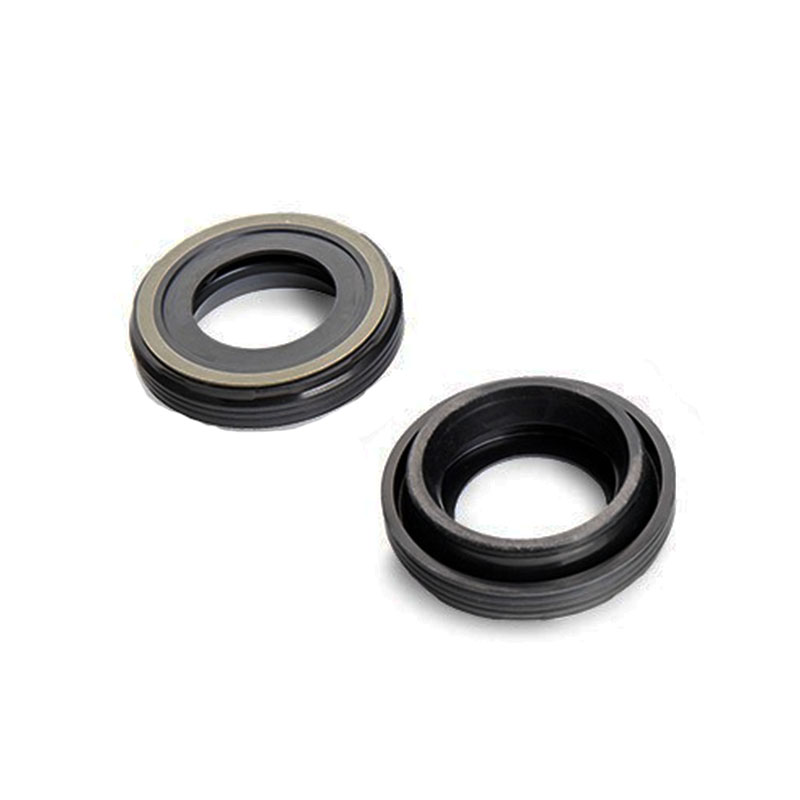Understanding the Importance of Sealing in Automatic Transmission Extension Housings for Optimal Performance
Understanding Automatic Transmission Extension Housing Seals
Automatic transmissions play a crucial role in modern vehicles, seamlessly shifting gears to provide a smooth and efficient driving experience. Among the many components that contribute to the performance and reliability of an automatic transmission, the extension housing seal stands out as an essential yet often overlooked part. This article explores the importance, function, and maintenance considerations related to automatic transmission extension housing seals.
What is the Extension Housing Seal?
The extension housing seal is a critical component located at the rear of an automatic transmission. It acts as a barrier, preventing transmission fluid from leaking out of the transmission casing where the driveshaft enters. This seal is typically made of durable rubber or silicone to withstand the harsh conditions within the transmission environment, including high temperatures and exposure to various chemicals.
Importance of the Extension Housing Seal
The primary purpose of the extension housing seal is to maintain the proper lubrication of the transmission components. Automatic transmissions rely on a precisely measured amount of fluid to operate efficiently. If the extension housing seal fails, it can lead to fluid leaks, which can significantly affect the performance of the vehicle. Low transmission fluid levels can cause overheating, slipping gears, and even catastrophic failure of the transmission.
In addition to fluid retention, the extension housing seal also helps to keep out dirt, dust, and debris, which can compromise the integrity of the transmission. By serving as a barrier, it protects the inner workings of the transmission from contaminants that could lead to premature wear or failure.
Signs of a Failing Extension Housing Seal
Identifying a failing extension housing seal early on can save vehicle owners significant time and expense
. Common signs of a malfunctioning seal includeautomatic transmission extension housing seal

1. Fluid Leaks One of the most noticeable symptoms is the presence of red or brown transmission fluid pooling under the vehicle. This can indicate a leak from the extension housing seal or other components of the transmission. 2. Transmission Slippage If the transmission begins to slip or has difficulty shifting gears, it may be due to low fluid levels caused by a leaking extension housing seal.
3. Unusual Noises Grinding or whining noises coming from the transmission can indicate insufficient lubrication, potentially stemming from a faulty seal.
4. Warning Lights Many modern vehicles are equipped with warning systems that notify drivers of transmission issues. If the check engine light or transmission warning light illuminates, it’s essential to investigate the cause.
Maintenance and Replacement
To ensure the longevity of the extension housing seal, regular maintenance of the automatic transmission is crucial. This includes routine checks of the transmission fluid levels and condition, as well as scheduled fluid changes as per the manufacturer's recommendations.
If a seal is found to be leaking, it is essential to replace it promptly. The process usually involves removing the driveshaft, cleaning the mounting surfaces, and installing a new seal. Given the complexities of transmission disassembly, this task is often best left to professionals, especially for those unfamiliar with automotive repairs.
Conclusion
The automatic transmission extension housing seal may be a small component, but its role is pivotal in maintaining the overall health of a vehicle’s transmission system. By being aware of its function and signs of failure, vehicle owners can take proactive measures to ensure their transmissions operate smoothly and reliably. Regular maintenance and prompt attention to potential issues will help avoid costly repairs and extend the life of the transmission.
-
Understanding Automotive Oil Seals: Essential Components for Engine and Shaft Protection
News Jul.30,2025
-
The Importance of Heavy Duty Seals in Industrial and Residential Applications
News Jul.30,2025
-
Exploring Industrial Oil Seals: From Felt Oil Seals to TTO and CFW Solutions
News Jul.30,2025
-
Essential Guide to Oil Seals: From Radial to Metal-Cased Seals for Industrial Reliability
News Jul.30,2025
-
Choosing the Right Oil Seals and Gaskets for Industrial and Automotive Applications
News Jul.30,2025
-
Cassette Seals: Durable Sealing Solutions for Harsh Environments
News Jul.30,2025
-
Understanding the Front Main Engine Seal: Purpose, Maintenance, and Installation
News Jul.29,2025
Products categories















